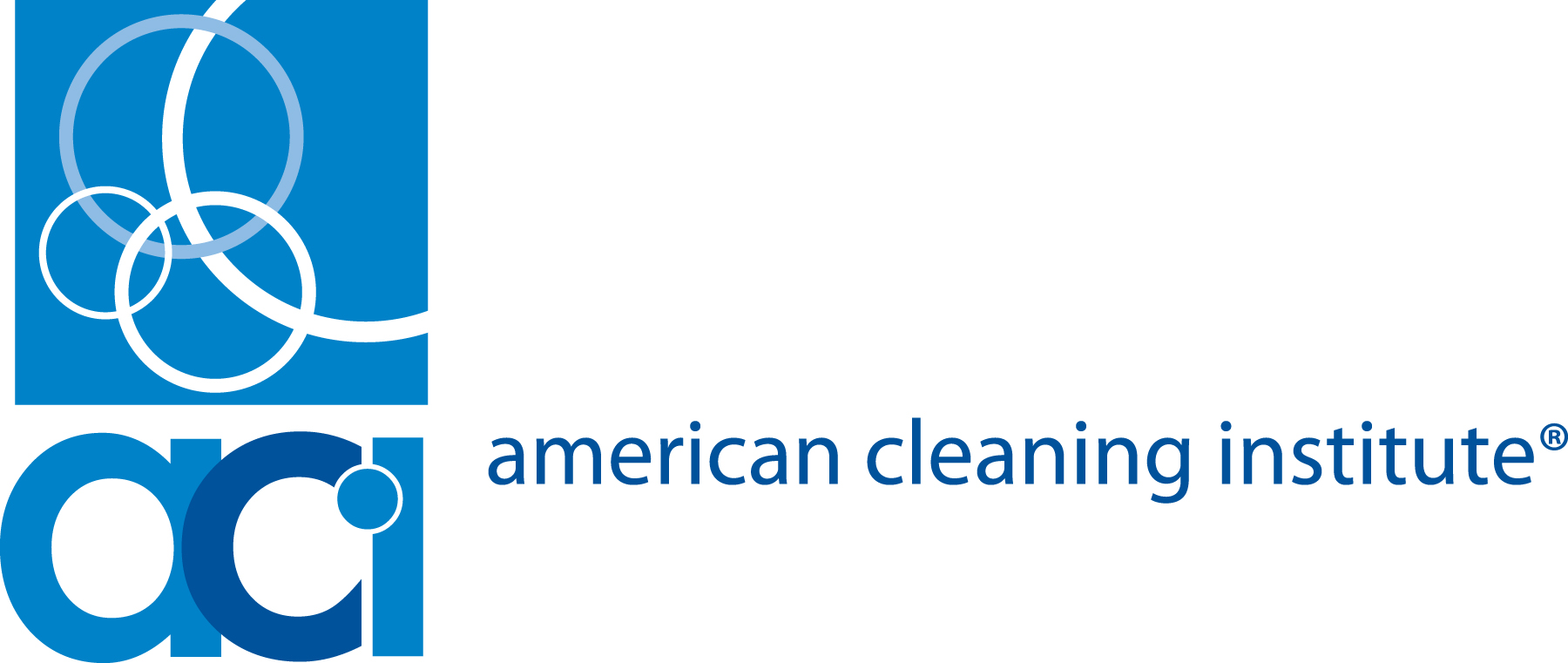Newswise — Washington, D.C. – Researchers exploring the relationship between asthma and exposure to consumer products and product ingredients say the database of current studies is not sufficiently robust to demonstrate a causal relationship between product exposures and new-onset asthma. But some evidence does exist that suggests some exposures could trigger asthma-like symptoms in individuals with pre-existing asthma and/or bronchial hypersensitivity.
These are some of the findings from a report summarizing discussions at the Asthma Science Forum, a 2011 gathering sponsored by a group of industry trade associations. The report is available online at www.cleaninginstitute.org.
The Forum, held in Arlington, Virginia, brought together expert researchers who provided a review of the clinical and biological basis for asthma and other asthma-like respiratory responses and their potential causation, and presented reports on investigations into asthma as related to consumer and commercial products.
“Reviewing the science and safety behind our products is part of the industry’s long-standing commitment to product stewardship,” said Dr. Francis Kruszewski, Director of Health and Human Safety at the American Cleaning Institute® and Chair of the 2011 Asthma Science Forum.
“Manufacturers want to examine the best science available and identify where data gaps exist to ensure that products are used safely and beneficially.”
Among the key points highlighted by researchers:
• The database of epidemiology studies is not sufficiently robust to demonstrate a causal relationship between cleaning product exposures and new-onset asthma. The database of studies suggested, however, that some exposures could trigger asthma-like symptoms in individuals with pre-existing asthma and/or bronchial hypersensitivity.
• There is ample evidence that irritants can exacerbate existing asthma, but it is not known whether irritants alone can cause asthma and/or respiratory allergic sensitization.
• There is a need for better exposure assessment, with measurements of actual exposures (rather than surrogates) and good source characterization.
• Evaluating exposure and identifying asthma/allergy causation and exacerbation is complicated because people are exposed to mixtures of products, environmental contaminants, and/or microbial agents. Genetics can have a significant impact as well.
• Some exposure situations require evaluating benefits of products’ use with potential risks.
• Educating consumers on safe usage of products and materials is very important to minimize exposure and potential for harm.
The report on the Asthma Science Forum was prepared by the research group TERA (Toxicology Excellence for Risk Assessment). The complete list of organizations supporting the Asthma Science Forum is available on page 57 of the report.
###
The American Cleaning Institute® (ACI - formerly The Soap and Detergent Association) is the Home of the U.S. Cleaning Products Industry® and represents the $30 billion U.S. cleaning products market. ACI members include the formulators of soaps, detergents, and general cleaning products used in household, commercial, industrial and institutional settings; companies that supply ingredients and finished packaging for these products; and oleochemical producers. ACI (www.cleaninginstitute.org) and its members are dedicated to improving health and the quality of life through sustainable cleaning products and practices.
